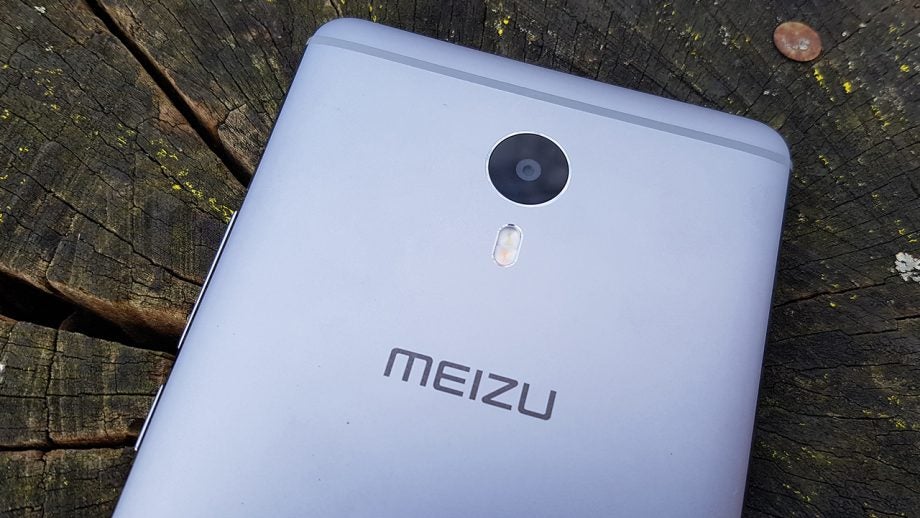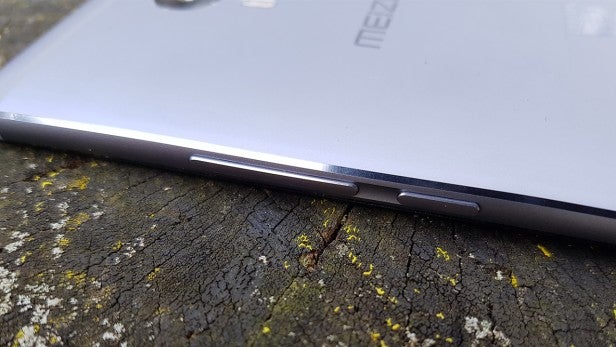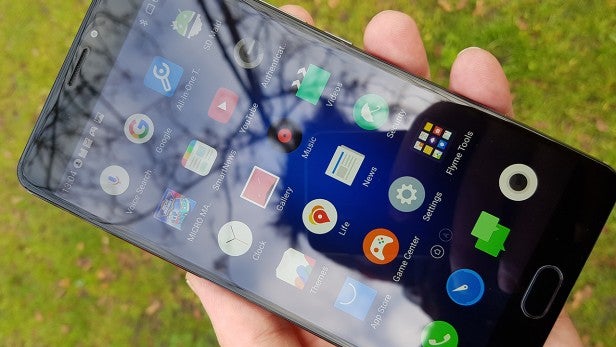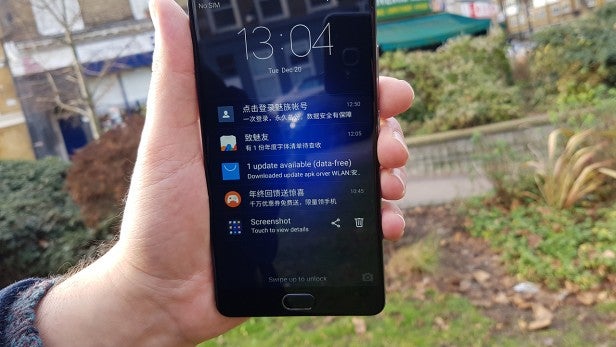Meizu M3 Max Review
Meizu M3 Max Review
Another phablet contender?

Sections
- Page 1 Meizu M3 Max Review
- Page 2 Performance, camera, battery life and verdict Review
Verdict
Pros
- Very big
- Decent design and display
- Great stamina
Cons
- Poor software
- Also, very big
- Just a bit 'meh'
Key Specifications
- Review Price: £325.00
- 6-inch 1080p display
- 3GB RAM
- 13MP camera
- Android 6
- MediaTek Helio 10 Octa-Core processor
- 64GB storage
What is the Meizu M3 Max?
Meizu’s M3 Max is the largest member of the Meizu M3 family of devices, and while it offers a mammoth panel, it has a number of other appealing specs and features for anyone wanting to maximise performance for the budget.
The result is a phone that’s in a similar class to the Nexus 6P and Huawei’s new Mate 9 by virtue of the size of the display alone. The simple fact is that if you want a 6-inch or larger handset, there aren’t too many available in the UK. Opting for a slightly smaller display and less prestigious brand brings options such as the Vivo 6 and Honor 5x into play too.
Meizu doesn’t have the same kind of brand appeal as more established names such as Samsung, Apple or Sony, but with the cost of smartphones continuing to fall as specs lists become ever more impressive, there’s more reason than ever to consider a relatively unknown brand. Can the M3 Max live up to its promises on paper? We’ve been putting it through its paces to find out.
Meizu M3 Max – Design
The Meizu M3 Max is the latest in a long line of metal chassis devices from the Chinese handset maker, and follows a general industry trend towards delivering unibody designs.
The end result isn’t a handset that stands out particularly for its appearance, but in itself that’s something of an achievement – a 6-inch display really is quite large, so finding a way to make it look more or less normal is impressive still.
Related: Best Budget Phones

The Meizu M3 Max doesn’t bring anything out of the ordinary in the appearance department, but that’s more a testament to how successfully different manufacturers have overcome design challenges to deliver slimline handsets with specs that still impress as a matter of course. That’s to say, there’s certainly nothing unappealing about the M3 Max, but it isn’t going to win any awards either.
Officially, it measures 163.4 x 81.6 x 7.9mm and weighs in at 189g. While it’s certainly slim enough, it’s probably a little too large for a comfortable one-hand experience. It wasn’t too much of a problem for me, but anyone with small-ish hands will find it a bit of a reach.
For comparison, the Nexus 6 – which also offers a 6-inch display – is a little shorter, but wider and thicker at 159.3 x 83 x 10.1mm; it’s 5g lighter, however, due to its mostly plastic body. If you were considering the 5.9-inch display of the Huawei Mate 9 instead, that handset weighs pretty much the same as the Meizu M3 Max but is a little shorter and narrower, and therefore easier to handle. I
On the rear is a 13-megapixel, f/2.2 wide-angle camera with phase detection autofocus and dual-LED flash. On the front sits a 5-megapixel (f/2.0) sensor for video-calling and selfies. Down the right side of the M3 Max is a single-piece volume rocker, with a power button just below. As has become somewhat standard now for mid-range phones or higher, there’s a fingerprint sensor within the home button for biometric access.
Tucked away as part of the SIM tray, you get a microSD expansion slot to expand the 64GB of onboard memory. Keeping it all ticking over is a MediaTek Helio 10 Octa-Core processor, 3GB of RAM and a non-removable 4,100mAh battery. I’d prefer that the 3.5mm headphone port wasn’t at the bottom of the phone – but at least it has one.
Meizu M3 Max – Screen
Grabbing the most attention is the huge 6-inch 1080p (1,920 x 1,080 pixels) IPS LCD panel, which delivers 368ppi. In reality, that’s just about acceptable for a panel of this size, but phones as large as the M3 Max tend to perform better with a higher-resolution display, to avoid blockiness or jagged images when watching movies or playing games.
As a result, it isn’t as sharp as it could be, but it’s perfectly acceptable – and you won’t see the aforementioned blockiness. Gaming, too, was mostly a smooth experience.

Similarly, the large display is well-suited to viewing from off-centre thanks to the IPS panel, and colours are represented accurately. It’s also plenty bright enough to make your favourite movies pop with colour. It isn’t exactly an ideal gaming phone, though. More on those later.
Thankfully, given its size, the bezels on the left and right side of the screen are relatively small, making it narrower than it otherwise could have been.
Meizu M3 Max – Software
The Meizu M3 Max uses the company’s proprietary Flyme UI to sit atop Android, but the version we were sent for review is the Chinese language build, which means there was a bunch of pre-installed bloatware that not only took up space, but also consistently bombarded me with Chinese notifications that weren’t changeable – despite all language and input settings having been set to English.
A spokesperson for the company told us that any version sold in the UK comes with the international build of the OS, which means you shouldn’t have these problems.
If you do end up in the same spot, changing the language and input to UK is possible across the whole phone, but you’ll still receive notifications in Chinese from apps and services you don’t use – unless you uninstall them, or find a way of disabling them, which is a bit of a hassle for a new phone.
Putting that aside and assuming you buy a version with the European build of Flyme that runs on Google Marshmallow, you’ll have to re-learn a couple of things to find your way around.

Most notably, there’s no app drawer (as a personal preference, I prefer a UI that has one since it’s less effort to keep your homescreen tidy). Plus, to access your currently open apps you’ll need to swipe up from the bottom of the display on either side of the home button.
Swiping down from the top of the display gives you the regular notifications bar and quick shortcuts.
Perhaps the biggest omission from Flyme on a phone of this size is the lack of a dedicated one-hand mode. That means that you’ll find yourself stretching your hand across your display a lot, or using two hands.
There is a mode that enables a permanent onscreen toggle, which by default lets you pull down the notifications bar, access recent/open apps and jump straight to the homescreen. Tapping this SmartTouch control will take you back a step in whatever you were doing.
Since there’s no back button on the phone, if you’re not using the SmartTouch control and want to jump back a step, you need to swipe to the left across the home button, which will do the same thing.
Aside from that, it’s hard to comment on the pre-installed software. Items such as the calculator, maps and note-taking apps don’t provide any real benefit over using standard Google options.
How we test phones
We test every mobile phone we review thoroughly. We use industry standard tests to compare features properly and we use the phone as our main device over the review period. We’ll always tell you what we find and we never, ever, accept money to review a product.

